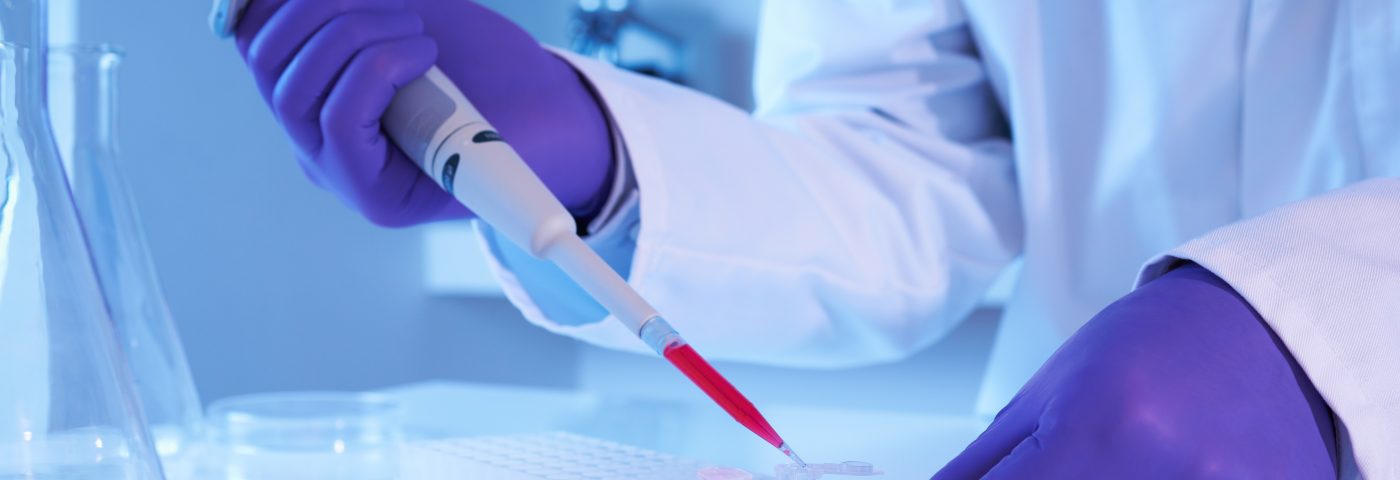A potential new drug may help fight bacterial and viral infections at once, new research shows. With the immune response against viral infections making us susceptible to antibiotic resistant bacterial biofilm formation, a drug that can simultaneously fight both types of infection could have significant benefits, especially in patients with chronic infections, such as cystic fibrosis.
The study, “Simultaneous antibiofilm and antiviral activities of an engineered antimicrobial peptide during virus-bacterium coinfection,” was led by Dr. Jennifer M. Bomberger, assistant professor at the University of Pittsburgh’s Department of Microbiology and Molecular Genetics, and was published in the journal mSphere.
“Antibiotic-resistant chronic infections are an urgent public health threat, and the development of new therapies has been painfully slow,” Bomberger said in a press release. “So to see something work on a virus and the incredibly resistant biofilms that bacteria form is very exciting. To the best of our knowledge, no other antibiotics out there work on both the bacteria and the virus during a co-infection.”
The potential drug was previously developed by co-author Dr. Ronald C. Montelaro, professor and co-director of University of Pittsburgh’s Center for Vaccine Research (CVR). The drug is based on an engineered cationic antimicrobial peptide, or eCAP. According to the authors, this synthetic antimicrobial is similar to the naturally occurring ones, but is much more efficient.
The researchers cultured airway-lining cells in the laboratory and grew biofilms of multidrug resistant Pseudomonas aeruginosa bacteria on them. Cells were then treated with eCAP for one hour. Researchers saw that the eCAP was 50 times more efficient in fighting off bacteria compared to traditional treatments, without harming the cells.
When the team infected the cells with the respiratory syncytial virus (RSV), and then treated them with eCAP, the number of viable virus particles was reduced more than 150 times.
Finally, Bomberger and the team co-infected the cells with both the bacteria and the virus and saw that, compared to traditional therapies, eCAP was 10 times more efficient in fighting off the bacterial biofilm when a viral infection is also present.
eCAPS were able to clear bacterial biofilm grown on plastic surfaces, too. This suggests it could also be used to clean medical equipment on which bacterial microfilm can readily grow and be a source of infection.
Biofilms are formed by bacteria sticking together and forming colonies. These are much more resistant to antibiotics than single bacteria. Biofilms-forming bacteria can cause chronic infections, and be resistant to the immune system.
RSV can cause serious infections in infants, older adults, and people with compromised lungs. The virus can facilitate the growth of Pseudomonas aeruginosa biofilms.
“When the body responds to fight the virus, it inadvertently leaves an Achilles heel by fostering an environment rich in the nutrient iron, which aids the bacteria in forming a biofilm,” Bomberger explained.
“We’re incredibly encouraged by these results,” Montelaro said. “Again and again, eCAPS are performing well in laboratory tests and mouse models. They’re an exciting possibility to help solve the antimicrobial resistant Superbug crisis that our world increasingly faces.”

